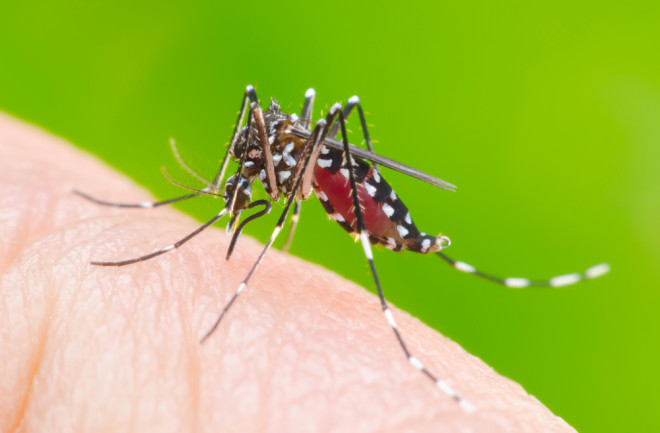Forget lions, hippos or venomous spiders. Aedes aegypti mosquitoes may be among the deadliest wildlife in the world. Their bite is relatively harmless in normal circumstances. But many of these mosquitoes carry diseases they transmit from the blood of one host to another, including Zika, chikungunya, dengue and yellow fever. Like the related tiger mosquito that also carries these diseases, the Ae. aegypti are distinguished by black and white stripes along their legs.
These mosquitoes thrive in urban areas, which makes the spread of the diseases they carry particularly insidious. They typically breed in small volumes of water, like in discarded tires and flower pots. But a new genetically engineered technology can get the mosquitoes to breed themselves out of existence.
“We want to have a tool that’s going to have a real impact on disease transmission, and we want it to be accessible,” says Nathan Rose, head of regulatory affairs at Oxitec. “Our real focus has been on finding environmentally friendly ways of controlling pests.”

